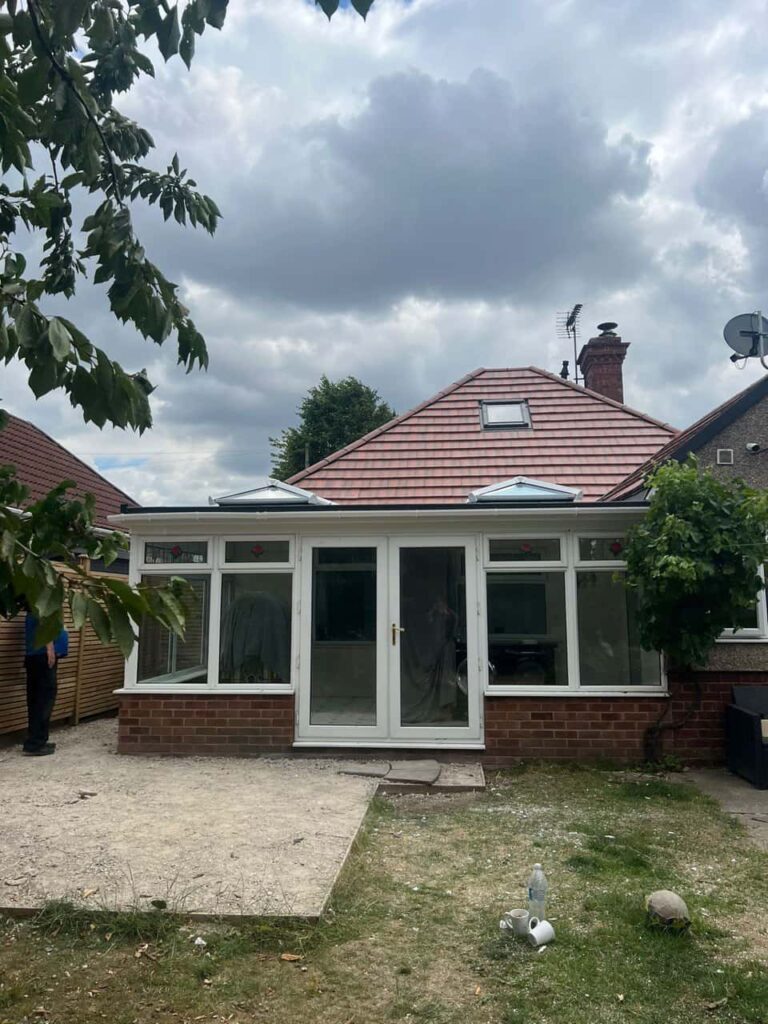Introduction: Living in a hurricane-prone area can be both beautiful and challenging. While the scenic coastal views are stunning, extreme weather conditions, including high winds and heavy rain, can significantly threaten your home’s roof. Slipped tiles are a common problem during hurricanes and storms; addressing them promptly is crucial to prevent further damage. In this blog post, we’ll discuss precautions and repairs for slipped tiles in hurricane-prone areas, highlighting the expertise of Gamston Roofing Repairs in handling these critical situations.
Understanding Slipped Tiles
Slipped tiles or shingles occur when roofing materials become dislodged, exposing the underlying roof structure. High winds can exert immense pressure on the roof in hurricane-prone areas, leading to these issues. Slipped tiles compromise the roof’s integrity and increase the risk of water leaks and further structural damage.
Precautions to Prevent Slipped Tiles
- Regular Inspections: Routine roof inspections are essential, especially before hurricane season. Hire a professional roofing contractor like Gamston Roofing Repairs to assess the condition of your roof and identify any loose or damaged tiles.
- Secure Loose Tiles: Any loose or damaged tiles should be secured or replaced promptly. Neglecting small issues can lead to more significant problems during a storm.
- Reinforce Vulnerable Areas: Identify vulnerable areas of your roof, such as the eaves and ridges, and reinforce them with appropriate materials and fasteners to prevent tiles from slipping.
- Use Hurricane Straps: Consider installing hurricane straps or clips to secure roofing materials more effectively. These straps can help prevent tiles from lifting during high winds.
- Trim Overhanging Branches: Trees with overhanging branches near your roof pose a risk during hurricanes. Trim these branches to reduce the likelihood of them falling on your roof and causing tile damage.
Repairs for Slipped Tiles
In the unfortunate event that your roof experiences slipped tiles during a hurricane, here are the steps to take:
- Safety First: Ensure the safety of yourself and your family by staying indoors during the storm. Do not attempt to repair the roof while high winds and heavy rain persist.
- Post-Storm Inspection: Once the storm has passed and it’s safe, inspect your roof for any visible damage, including slipped tiles. Exercise caution when walking on a potentially compromised roof.
- Temporary Repairs: If you find slipped tiles, you can perform temporary repairs by repositioning and securing the tiles in place. Use roofing cement or adhesive to hold the tiles down until a professional can assess the damage.
- Professional Assessment: Contact a professional roofing contractor like Gamston Roofing Repairs to thoroughly assess your roof’s condition and provide the necessary repairs.
- Address Interior Damage: If water has infiltrated your home due to slipped tiles, address any interior damage promptly to prevent mould and further structural issues.
Conclusion: In hurricane-prone areas, the threat of slipped tiles during severe storms is a real concern. However, by taking precautions, conducting regular inspections, and addressing slipped tiles promptly after a storm, you can minimise the risk of extensive roof damage and protect your home. Trust the expertise of Gamston Roofing Repairs to handle slipped tile repairs and ensure the long-term integrity of your roof. Your safety and peace of mind are our top priorities in hurricane-prone regions.
Call us on: 0115 647 1193
Click here to find out more about Gamston Roofing Repairs
Click here to complete our contact form and see how we can help with your roofing needs.

